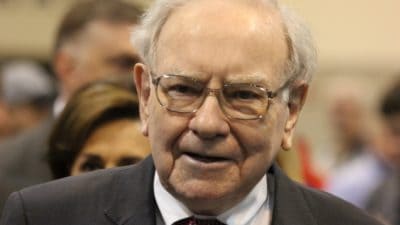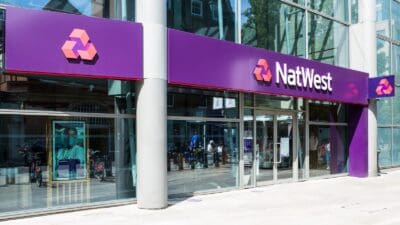Value traps are stocks that appear to be cheap but are in fact quite fully priced. Recognising these firms can save you from years of losses and frustration, as value traps often appear to show promise without ever delivering.
Today I want to look at two FTSE 100 companies I think are potential value traps.
Taste the difference?
Orange-topped supermarket J Sainsbury (LSE: SBRY) reckons that its customers can Taste the Difference. The firm says that customers “rate Sainsbury’s first for food quality”.
Unfortunately, shoppers don’t seem to want to pay extra for better food. Sainsbury’s profits margins have crumbled in recent years, and are now significantly lower than both Tesco and Morrisons.
|
Company |
2018/19 operating margin |
|
Tesco |
3.4% |
|
Morrisons |
2.1% |
|
Sainsbury |
1.0% |
This hasn’t happened by chance. As well as improving their store offerings, Morrisons and Tesco have both boosted profits by expanding into the wholesale market.
Morrisons has used its food production business to become wholesale supplier to Amazon‘s UK grocery business and to around 1,500 convenience stores. Tesco chose to acquire FTSE 250 wholesaler Booker, which has increased its presence in the convenience store and foodservice (restaurant) markets.
By contrast, Sainsbury’s acquired Argos. While this may have increased the level of sales per square foot in the group’s large stores, it hasn’t helped the group’s profit margins. Argos is a very low-margin retailer. My belief is that this deal has actually reduced the group’s overall profit margin.
To solve this problem, Sainsbury’s boss Mike Coupe tried to merge with Asda. This would have created a business of a similar size to Tesco, providing useful economies of scale. Unfortunately for Mr Coupe, the UK’s competition authorities blocked this deal.
What next for Sainsbury?
The failure of the Asda deal has left Mr Coupe with no choice but to go back to basics and focus on making Sainsbury’s a leaner, faster-growing and more profitable business.
This won’t be an easy task, in my view. Although debt is falling and cash generation remains quite good, analysts expect underlying earnings to fall by about 5% this year.
SBRY shares now trade on 9.3 times forecast earnings and offer a 5.6% dividend yield. In my view, that’s not cheap enough. I see this as a potential value trap and won’t be buying at current levels.
Is this US play a better buy?
Construction equipment hire firm Ashtead Group (LSE: AHT) has expanded steadily in the US market by buying up lots of smaller rivals and integrating them into its main Sunbelt brand.
Pre-tax profit rose by 20% to £208.6m last year while the group’s operating margin remained impressively high, at 29%. Chief executive Brendan Duggan says the group continues to see “strong end markets in North America”.
Ashtead’s share price has doubled over the last three years, but the stock has fallen by 15% since last summer. AHT shares now trade on just 10 times 2019/20 forecast earnings.
For such a profitable, fast-growing business, that seems cheap. However, my view is that markets are (correctly) pricing in the likelihood of an economic slowdown in the next couple of years. I think this could hit Ashtead’s profits hard, especially if the firm hasn’t reduced its debt levels by that time.
I reckon Ashtead shares are priced about right at the moment. I don’t think this firm is a value trap, but I’ve no plans to invest.







